

EPFL CYBER-PHYSICAL-SYMPOSIUM 2023_09_22
ARCHITECTURE GENERATORS
the presentation will show examples of my Architecture Generators and how I made them by analogue as well as digital algorithms.
Since I started
studying architecture the question that occupied me mostly was:
how do lines
get on the paper
how do
buildings appear on the field
and that's why I
dealt with questions of methodology, production conditions, background
influences, rules, patterns of behavior etc.,
more or less with algorithms as we would say today
One key insight I found in Fractal Geometry, this is the famous Sierpinsky triangle
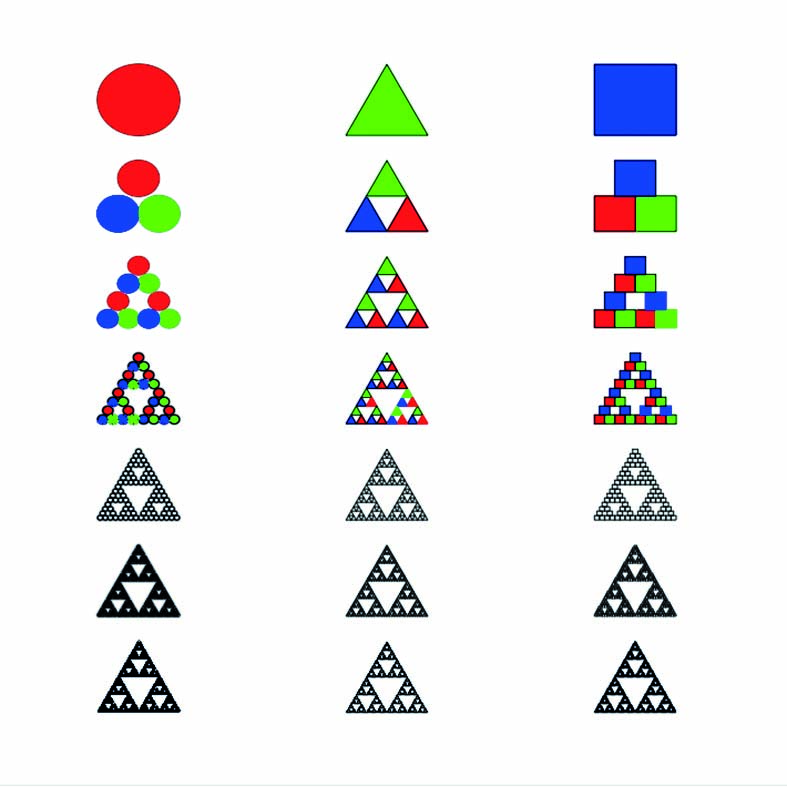
W. Sierpinski 1916: Fractal Geometry
On top
you see
3 starting elements
The generating algorithm is: insert 3 small elements into the starting
element
. and do again and again
Simpl linear dialect
The script is
generating and self-similarity arises
and this self-similarity makes clear:
the starting element is not important, the algorithm determines the result
self-similarity
is like a bubble
you cannot leave it without changing the algorithm
only if you change the algorithm you get different results
And this is
important:
if you want to make something new
.. something different from the mainstream
By the way ..... a small side remark: this is also the explanation why political parties are increasingly losing their difference.
the input of programmatic ideologies red green blue is overruled by the dominant rules
of public media, market pressures, international laws etc.these algorithms are stronger than ideologic inputs
algorithmic selfsimilarity is a universal principle.
back to fractal geometry:

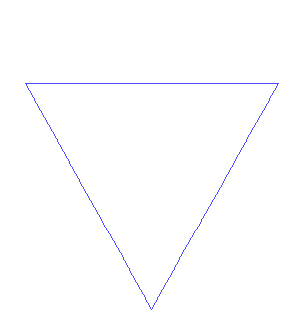
H.v Koch 1904: snowflake / coastline
In this case the
starting element is again a triangle
but the generating algorithm is: add 3 small elements outside
. and
continue and do again and again
This is the snowflake .. coastline by Koch 1904
What I learned from fractal geometry in short is:
if you want a new and different result, you must change the algorithm
and that applies equally to the analog and the digital
I present some
examples of my own production
back to the question: ...... how do lines get on the paper
The usual way is:
you start with an idea in the brain, then giving a signal to the hand, to the
pencil
.
and the output should be the desired line
and if the line
is not what you desired, you have to take an eraser, and erase,
and then take the pencil again and make a new line
which in most cases shows again self-similarity
for this problem
one of my inventions was: the Drawingerasor
a tool for making drawings
. generating drawings
an early analogue example
I changed the way of drawing

DRAWING-ERASER 1970
I buried the lead of a pencil in an eraser
.when used to
erase.......it produced a scribble
this is generating a drawing
.. automatically making new lines, ..... even
without thinking
the simple mechanical substitution replaced linear thinking with non-linear accidentalism
this demonstrates
again:
if you change the algorithm you receive automatically new results,
in most cases something unexpected
and you get it quickly ..... instant and free
this is not only designing a line ..... but designing a tool, a method for designing lines ..... this is the shift into the second order
another remark:
the result, the creation is not anthropomorphic anymore ..... it stems from
exterior procedures
this is similar to the development in art from expressionism ..... to actionism
Trautenfels castle / door 1988
Another change of an algorithm . still analogue
In 1988 renovated
and revitalized Trautenfels, an imposing baroque castl.
A new outside door was necessary for better circulation of the big amount of
visitors
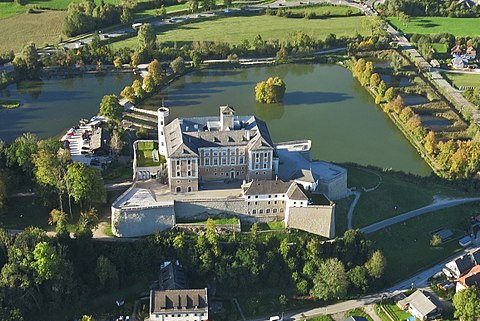
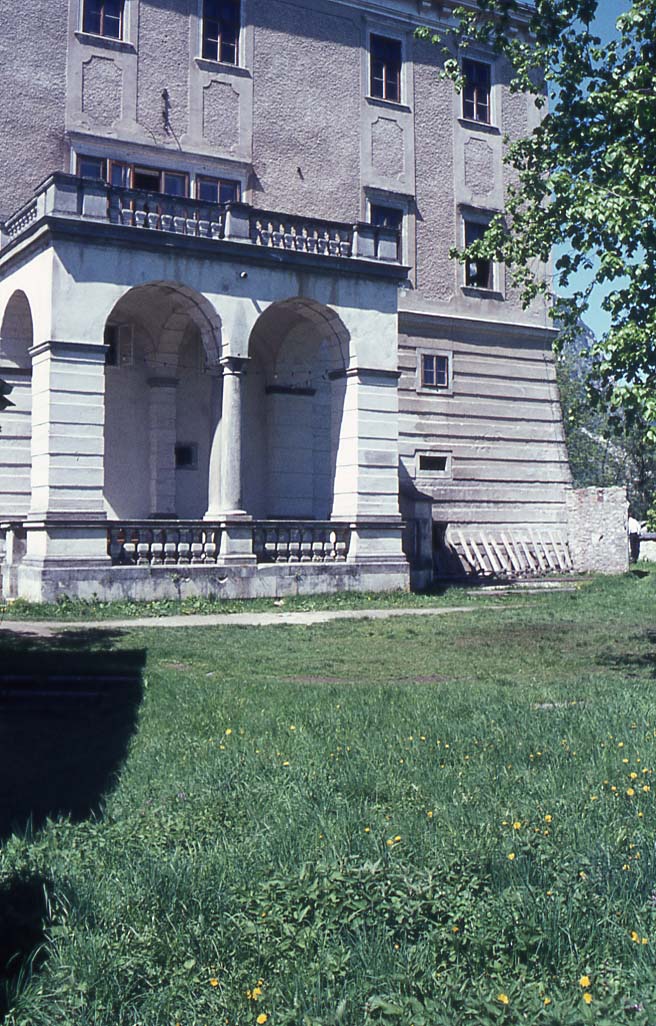
Trautenfels Castle
The question was:
..... how can a new door look like?
again my basic approach was: ..... I do not design, I just change rules
And I found out
..... the existing usual rule of doors is
1. A door is a flat element
2. The turning axis of doors is vertical
3. An open door is uselesss
And for
getting a new door ..... I only changed these rules:
I said:
1. the doors are three-dimensional bodies
2. the axis is moved in a different place
.. is horizontal instead of
vertical
3. and the open doors become a function in this case
. a stairway to
nowhere
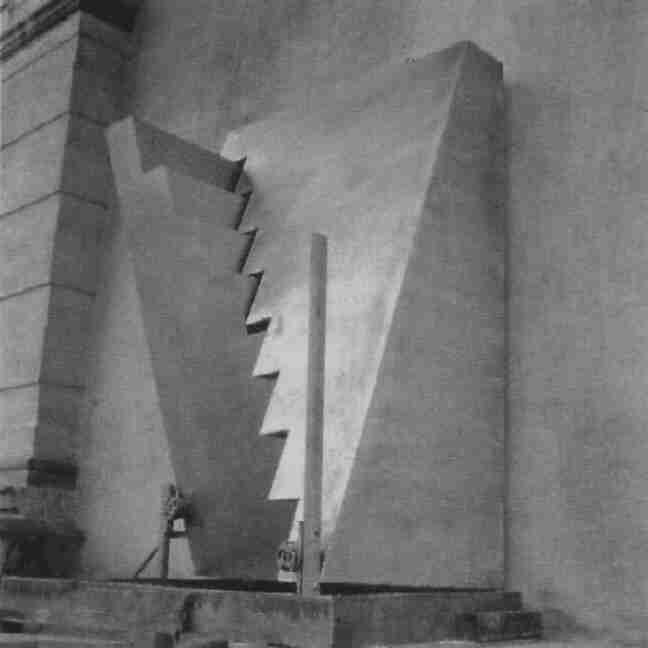
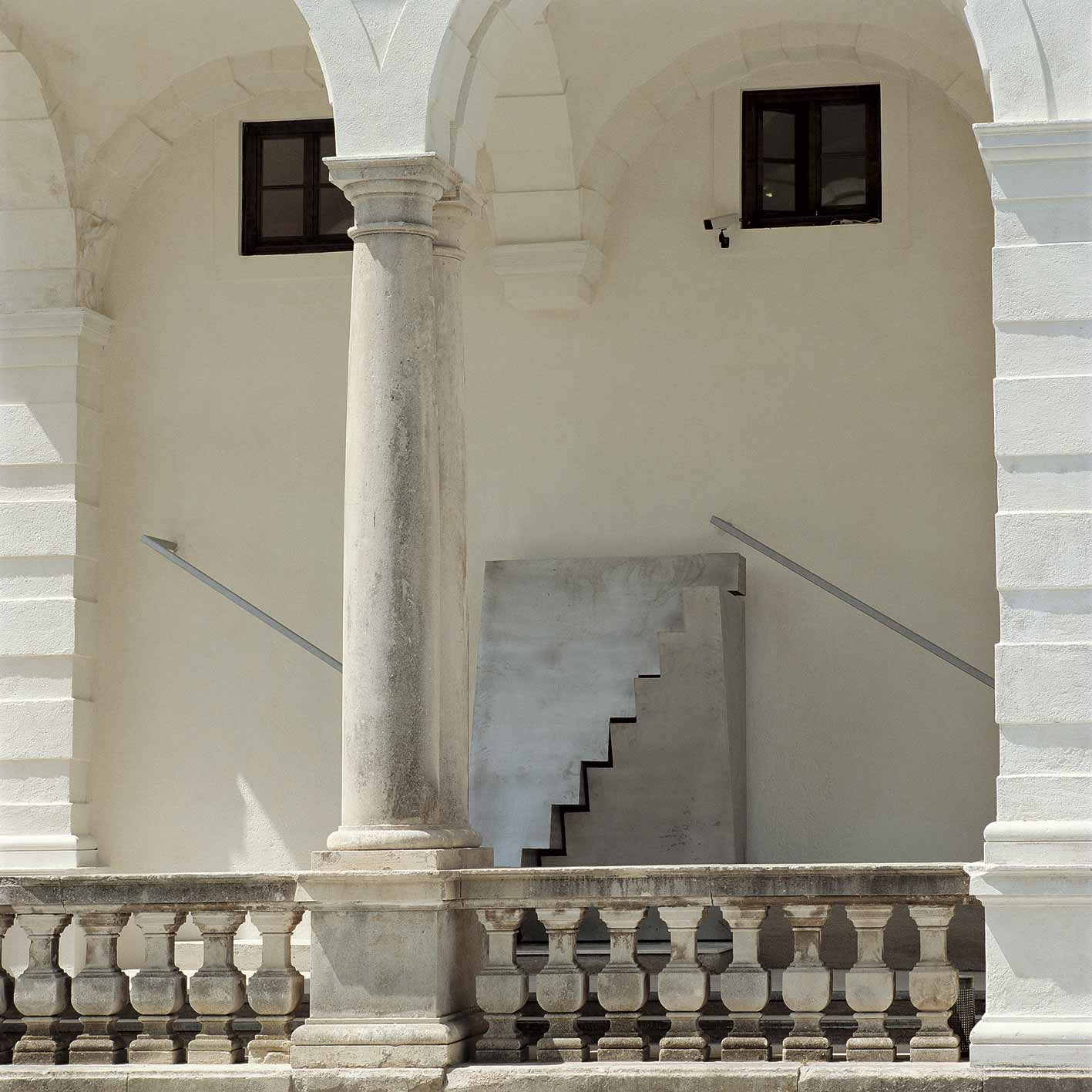
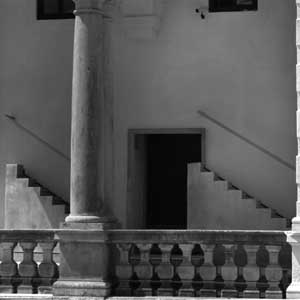
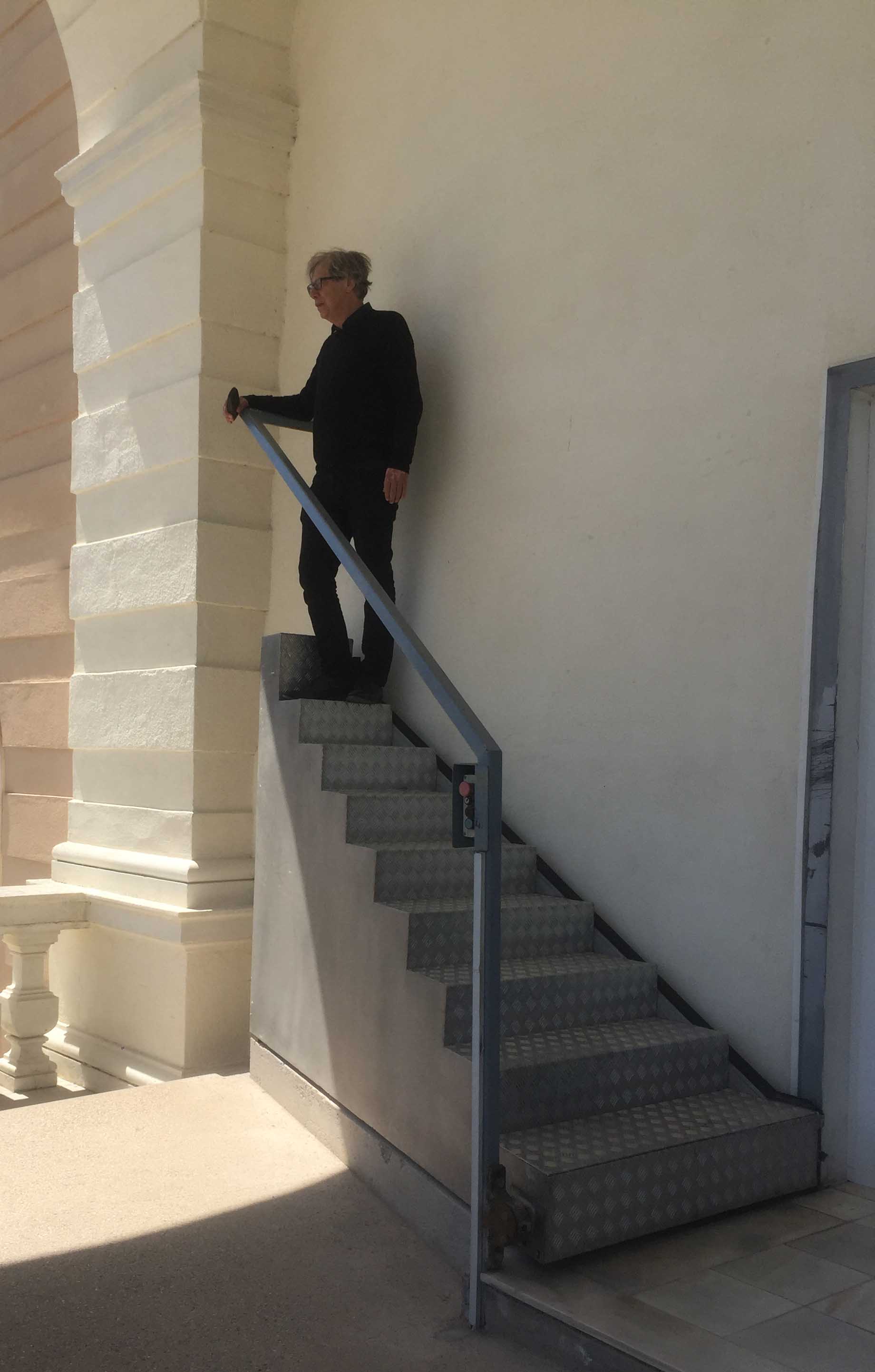
|
|
elevation
ground plan / horizontal plan
|
I consequently
formulated another rule, which was:
in a different place ..... in a different use
so specifically
not as usual
the right thing in the right place at the right time
but
in a different place in a different use
which is a basic
rule for hybrids
which I then applied in many other projects
just two examples out of many
 |
|
|
Ironing-Board Chandelier
|
Toilet Chandelier |
In this sense:
you can change or set up any rule
and then see what comes out of it
Trautenfels
Script
for a movie
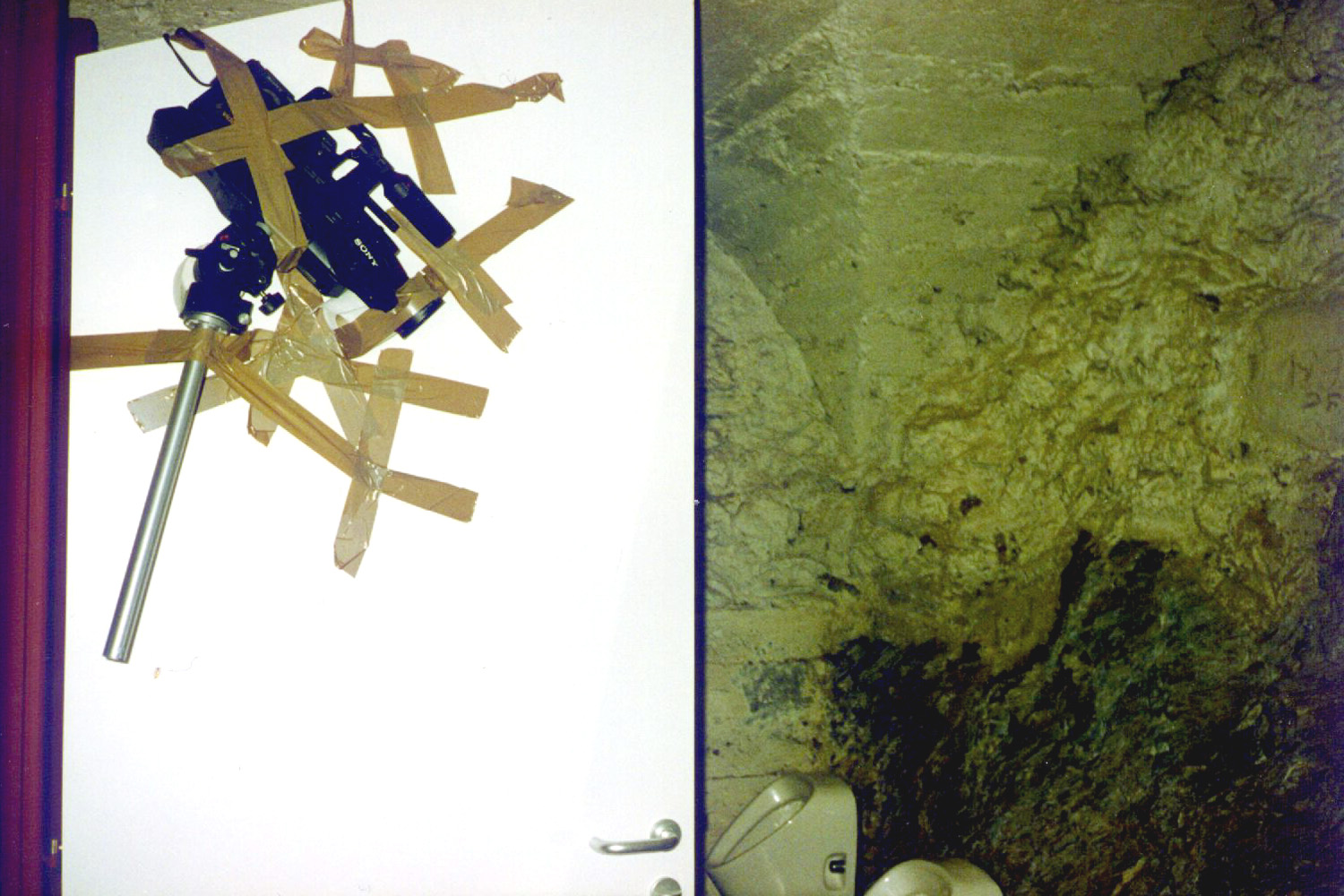
After the
renovation was done, I made a video documentation of my architectonic
interventions
usually the camera guidance is either static
John Wayne
rides left to right
or the camera follows Belmondo and Deneuve walking
and to show a
building in a video, you approach it from outside, go in, go up the stairs, look
around inside, looking out ....
it is always an anthropocentric view
like with a
helmet camera
I changed this
rule: ..... my script said:
Fix the
camera on moving parts of the building
For example on the toilet door: (In 1993 we did not yet have small digital cameras)
I changed the
rules ..... and was amazed at what came out of it
The video shows what the building parts see all day long:
Neuronal Architecture Generator
1999
this was a 100 %
digital development
beyond interactivity, completely computer generated
The process is shifted from personal brain to external procedures
The advantage is: external procedures are easier to change than personal behavior and attitudes
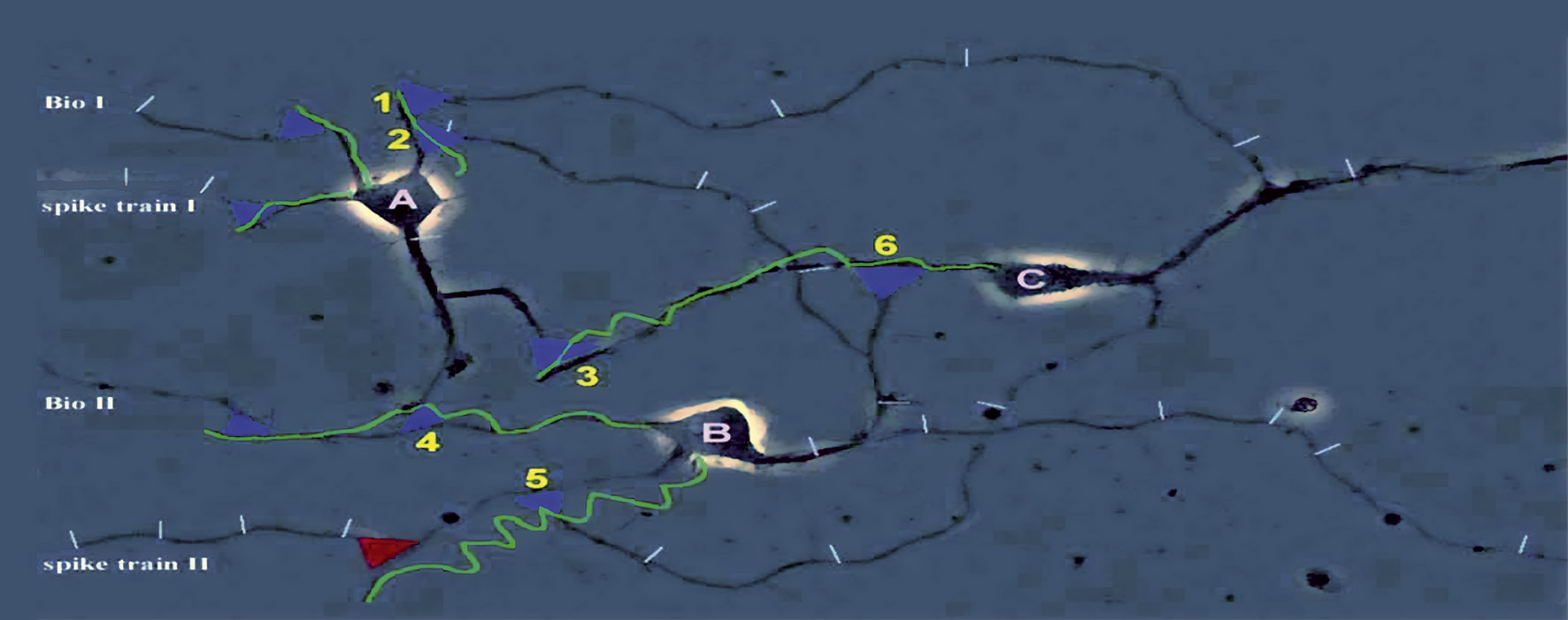

A spike is the
signal from one neuron to another, and a spike train is a sequence of zeros and
ones firing in the brain
and these spike trains are obviously same endless sequences of zeros and ones as
in a bit string in the computer
in a
computer-aided design software ..... like Autocad Archicad Rhino etc ..... there
is a list of many many commands.
line, polyline 3D line square circle
cube wedge
..
and commands like
move, rotate, scale, delete, copy and so on
..
selection of color, selection of
thickness etc
The concept of
the generator is a LISP program ..... a list processing script
which chooses from the offered commands on basis of a bit string of zeros
and ones



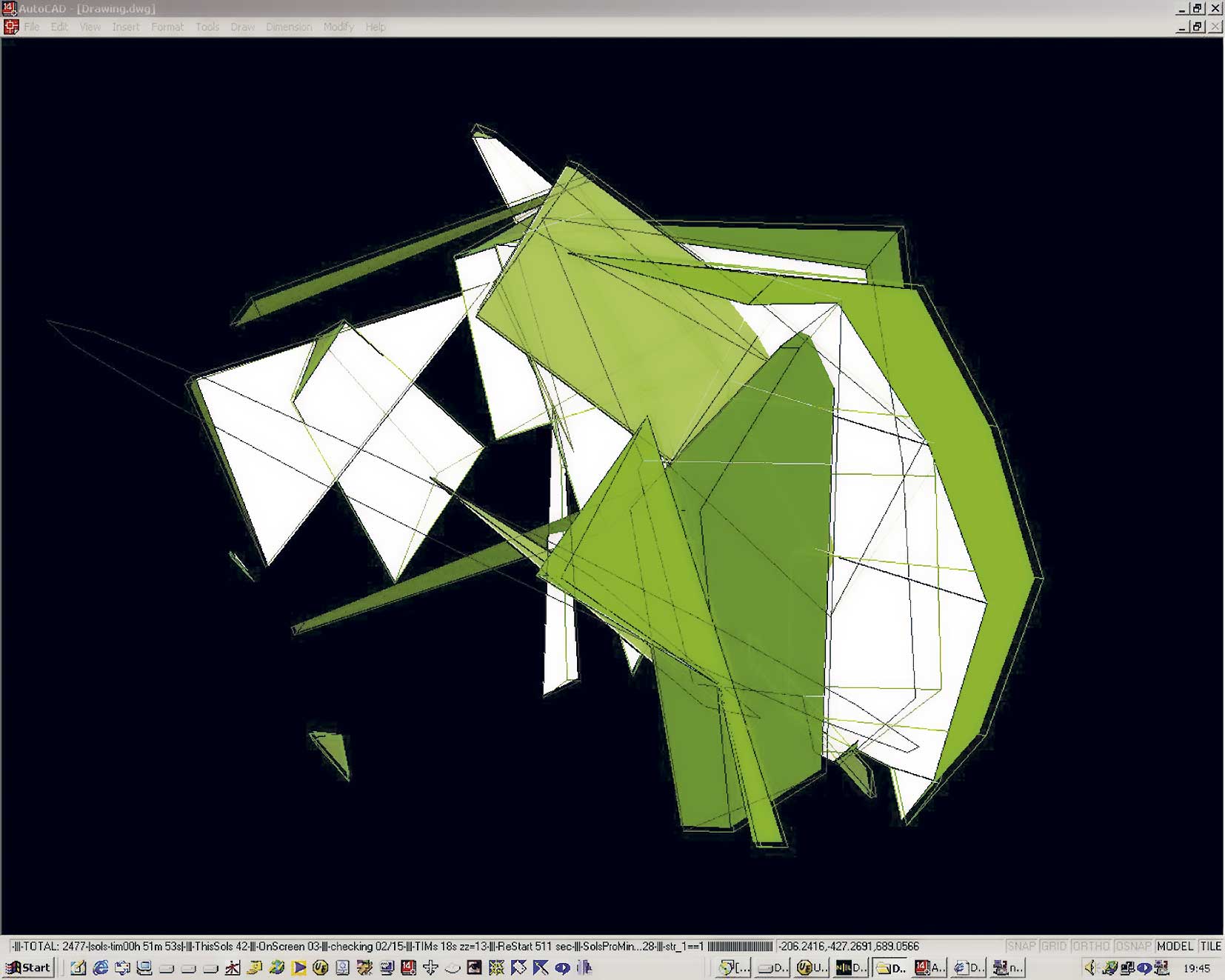
stills show what has been selected by zeros and ones
Neuronal Architecture Generator
this
generator was running at ZKM in Karlsruhe for more than 10 years, permantly
producing new elements.
Somehow it is phantastic what can be generated by a random sequence of zero and
ones
By the way .....
in this is somehow related to Mozart opus KV 516f
his Instruction how to compose a waltz with 2 dices
he used numbers from two to twelve ..... whereas I used 0100110110
Hyper Hybrid Generator Second Life Platform, 2008
The Hyper Hybrid Generator was a script for Second life platform:
we have created a
collection of ready-made construction components
such as wall panels, platforms, pillars, stairs, girders etc
In our program, we dropped these building pieces randomly, controlled by a gravity engine
The script
continuously generated new configurations, a heap of new architecture .....
equally generating randomly by zeros and ones
This is deconstruction
not because it looks oblique
but because all
traditional rules of architecture like
form follows function or
like the trinity of Form Construction
Function
are abandoned
for example: usually corridor / staircase / elevator are a unit, here they are dislocated
At the BIACS (Bienale de Sevilla 2008) we presented the Hyper Hybrid Generator as interactive installation
the visitor in the exhibition could
additionally control the second life island.
On the screen you see the hyper hybrid generator running
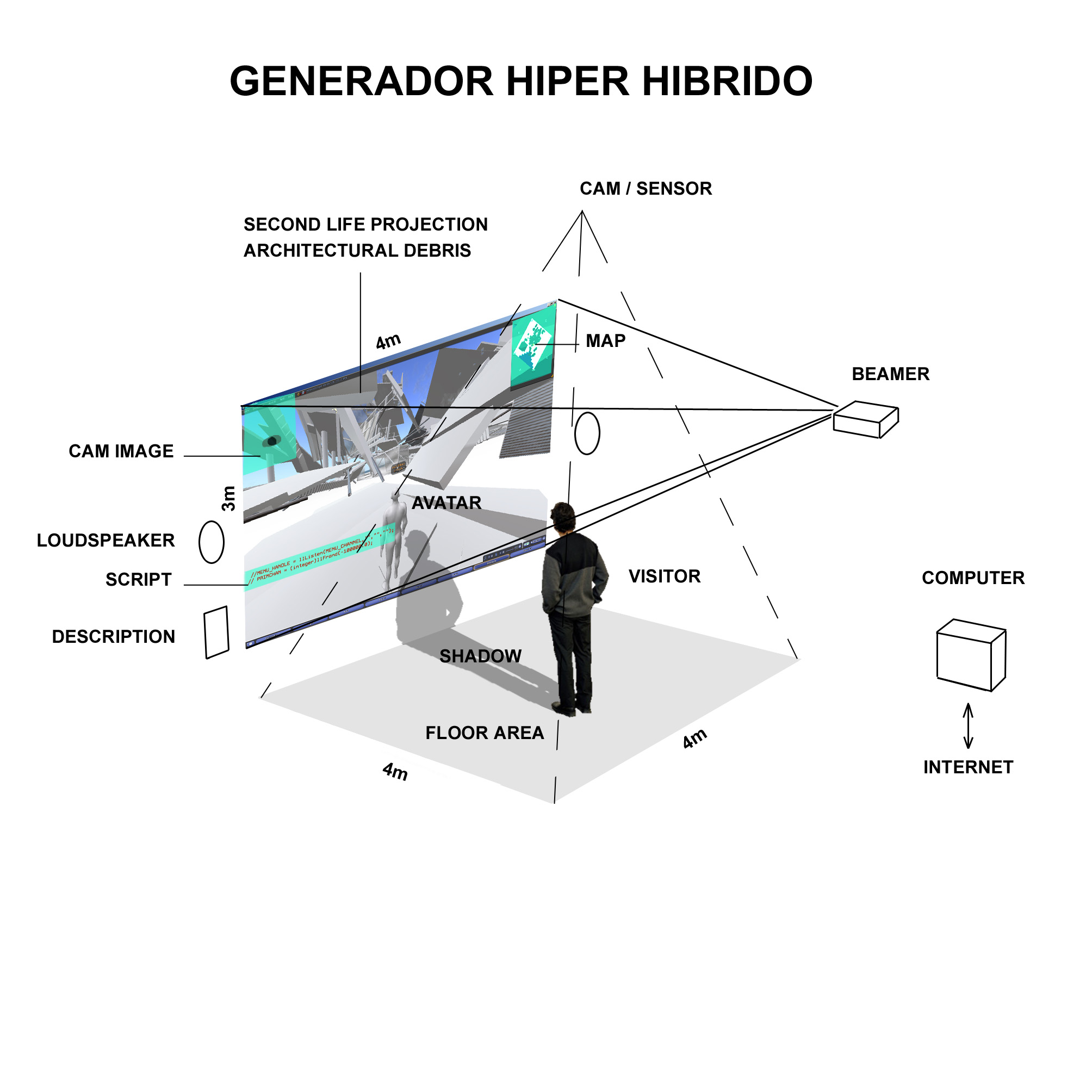
But in
front was a 5-fold representation of one fact .....
5 different appearances are present simultanously
1.
the visitor IRL
2. his shadow
3. his twin as avatar
4. the video tracing him
5. the script and the bitstring of the visitors data
this proofs that IRL reality and virtuality are the same
Web of Life
ZKM 2002
One more example to finish: The big Web Of Life Installation at the ZKM
Jeffrey Shaw was the mastermind, he asked me to contribute the architecture for the installation.
additionally some remarks on the architectural concept ..... .of real life architecture and virtuality
The general definition of virtuality is Visible . not tangible
And as in the WOL presentation everything was virtual .... very strongly visual .. I did not want to compete..... and reduced architecture,
I made architecture disappear
I inverted architecture as
present & tangible but not visible
Therefore my architectural installation was something like a black potato, in a black background, completely formless, without shape, like a black hole
and
I inverted virtual reality into
real virtualities
I repeated the inside virtual projections of the web by a real life / hard ware
mesh of wires outside, which were black again and invisible, but tangible.
(and
this caused serious problems as visitors didn't see them and ran in....
so I had to replace them and use visible white rubber cords)
So finally the beautiful inverted virtual reality was back in real life reality.
Merci de votre attention
You can see more generative architecture on my homepage